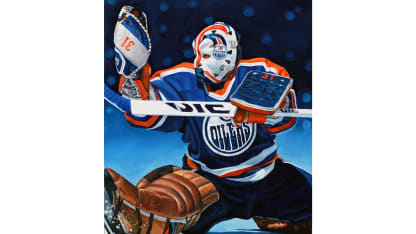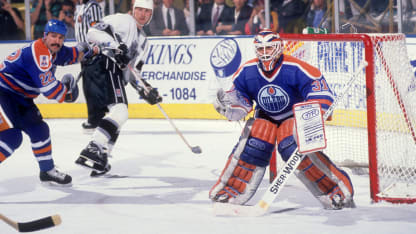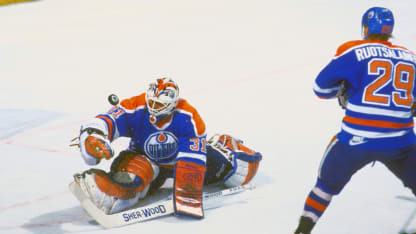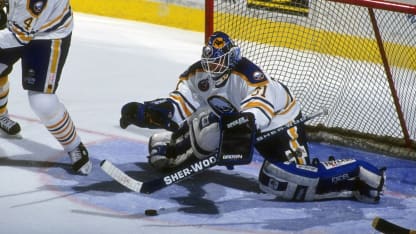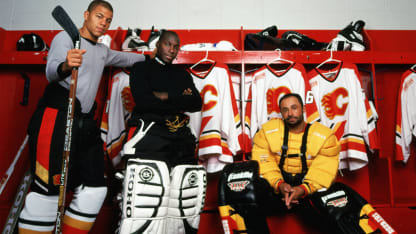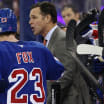"In that sense, I got away with a lot my first year just based on reflexes. As my career progressed, I got better at learning the game, reading it, being able to see different situations which, with the reflexes I had, gave me a big advantage."
Fuhr, like his gifted teammates, grew up with the Oilers, his game maturing along the way.
"I was lucky, I had Ronnie Low as a partner my first year," Fuhr said. "One of the biggest things that he taught me was you have to add something to your game every year, that's what keeps you in the League.
"The little bit you can add every year, makes you a different goalie every year. My first year felt pretty easy. My second year, I struggled.
"And I figured out that you've got to keep adding and adding and adding to get better every year. You learn as you get older, too."
In 10 seasons with the Oilers, Fuhr helped them win five Stanley Cup championships and established himself as an elite NHL goalie -- as good as it got in his era, really. In perhaps his best season, 1987-88, Fuhr started 75 regular-season games, played 4,304 minutes, made 2,061 saves and posted 40 victories -- all of those totals led the NHL -- on the way to winning the Vezina Trophy as the League's top goaltender for the only time in his career.

